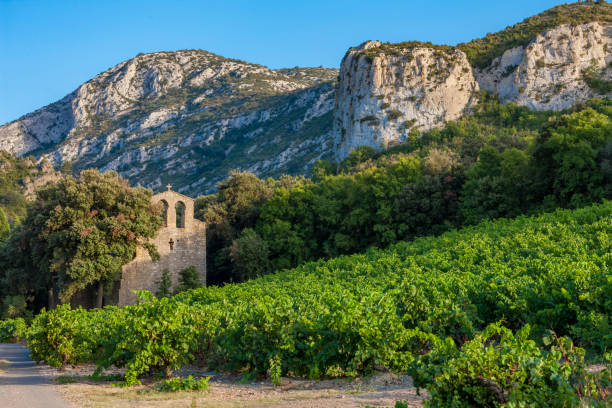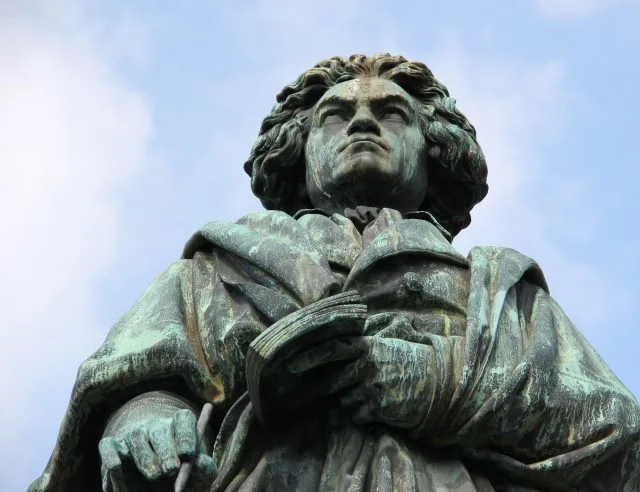Despite a relatively short and chequered history, Château Montrose is one of the most sought-after ‘super seconds’. Unlike its many medieval siblings, Château Montrose was conceived in the 19th century and is one of Bordeaux’s youngest crus classés. The estate once formed part of Calon-Ségur, which was purchased by Etienne Théodore Dumoulin in 1778. After his death in 1806, his son (of the same name) recognised the potential of a small sloped plot to the south of the estate – known at the time as La Lande de l’Escargeon. Dumoulin focused tirelessly on clearing the land and planting vines, and though he sold off the larger part of the original property a few years later, he retained ownership of his progeny – renaming it Montrose. (The name’s provenance is uncertain, though it seems to refer to the pink heather that once covered the knoll.) In the ensuing years, Dumoulin extended the perimeter of the estate and, by the time the chateau was classified as a second growth in 1855, the vineyards spread across 50 hectares. Upon Dumoulin’s death in 1861, however, Montrose was left to his children, who sold it to Mathieu Dollfus. Dollfus was a businessman and something of a 19th-century maverick. As well as avidly continuing the work in the vineyards and modernising the winery, he offered his workers innovative employment benefits, including profit sharing and healthcare. After his death in 1887, the estate passed to Jean-Jules Hostein of Cos d’Estournel, and then, in 1896, to
This Article was originally published on The Drink Business - Fine Wine






